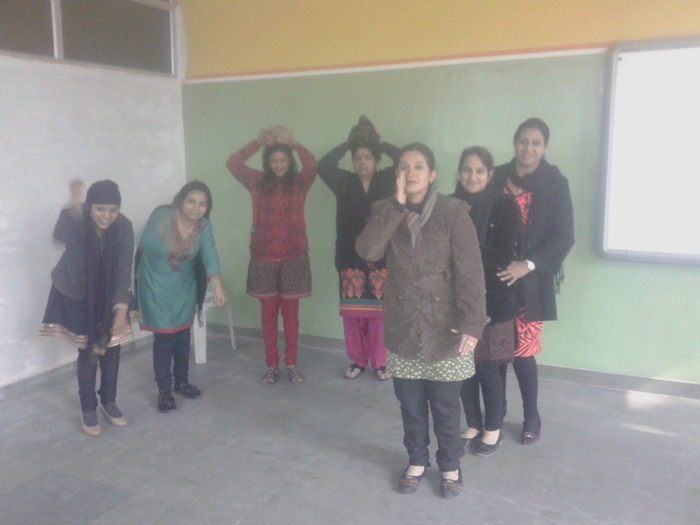BLOOMS TAXONOMY- If you want better answers, ask better questions.
On 9 January, 2014 our primary teachers, Ms. Parvinder Kaur, Ms. Indu Bala, Ms. Upasana Bhalla, Ms. Jagriti Kapoor, Ms. Deepti Sawhney and Ms. Supriya Saxena mounted a presentation on Blooms Taxonomy for their primary teacher- colleagues at our School. This workshop was an endeavor to guide teachers on how to incorporate all the values that make class learning objectives accurate while planning lessons.
Today, emphasis has shifted from instructional objectives, which describe what instructors do and the content of material presented during classroom instruction, to student learning outcomes, which describe what students can do as a result of their educational experience. This change in emphasis is associated with changes in the language used and changes in expectation in the style of instruction. Instructional objectives were typically described as knowledge, understanding, content, facts, etc., that can be delivered during a lecture or presented in written text. In contrast, student learning outcomes are described as changes observed in the student as a result of teaching.
Although passive activities such as lecturing may be considered efficient methods for transmitting basic facts and knowledge, active learning strategies that engage students in learning foster development in higher-order thinking skills and longer lasting learning. Student activities need to be planned in correlation to cognitive skills, with the aim of teaching students independence in thought and action.
The presentation was visually attractive and actively communicated the thought behind Blooms taxonomy. The activities conducted in the workshop were based on Blooms taxonomy and were useful examples of how teachers' and students' objectives should be aligned.
The effort of the teachers presenting the workshop was simple to understand, providing a hands-on experience, creativity and a complete engagement for us, teachers in attendance.
Ms. Mahima Kapoor













